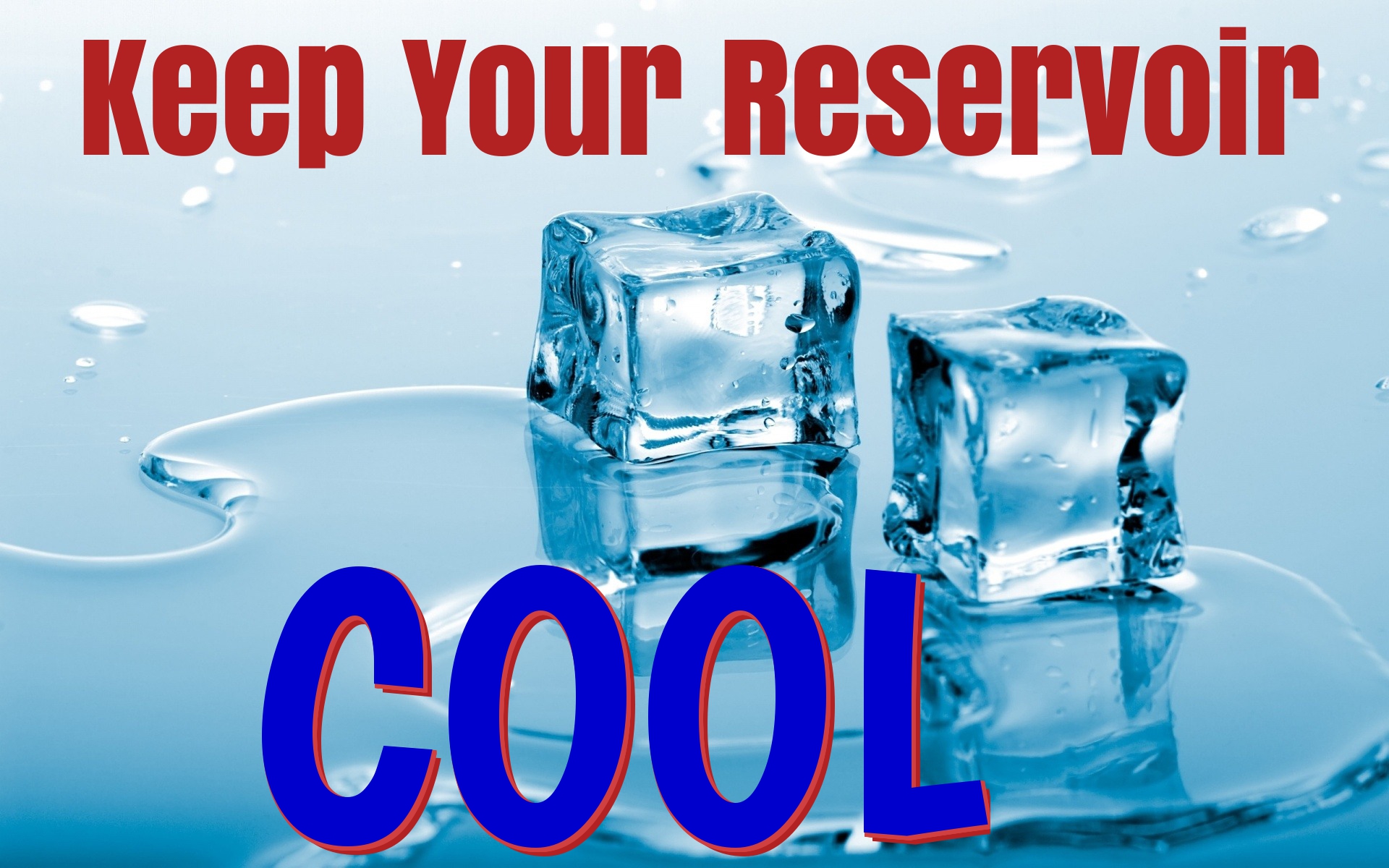
Reservoir Temperature And Healthy Plants
One of the most challenging aspects for a hydroponic grower is keeping the hydroponic reservoir cool. What does that mean? Basically, it refers to keeping an oxygenated root zone at the ideal temperature. An ideal temperature is essential for growing hydroponic plants, as it greatly determines the amount of oxygen that will be available for the plants. The more they grow, the more oxygen they will require.
Why is this so important?
Many indoor hydroponic growers use a deep water culture system which tends to heat up very quickly and result in heating up the reservoir temperature. This can be detrimental to the plants. The raised temperature around the root zone leads to lowering of dissolved oxygen levels in the water. This can lead to an increased growth of pathogens such as Pythium.
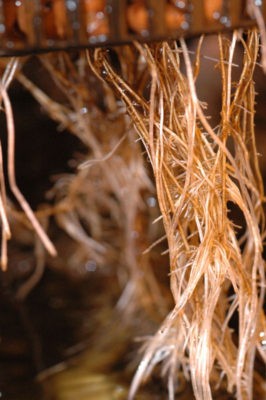
The ideal temperature for water should be around 68 degrees F. Any temperature about the range of 70-75F will invite pathogens and root diseases which would be destructive to the plants, so that is why it is vital to keep temperatures below this level.
As a grower you will get out of your plants the amount of effort that you put into them. With that in mind, make sure you put the effort in to keep optimal levels of nutrients and oxygen reaching the plant to ensure a successful and thriving garden.
The reservoirs are the heart of the system and deliver these important nutrients and dissolved oxygen to the plants and that is why it is so important to maintain the conditions in the reservoir at optimum levels.
Cooler Reservoir Means More Oxygen
As mentioned earlier, the temperature of the nutrient solution is the most important variable which will predict the level of dissolved oxygen available in the reservoir. The ability of water to hold oxygen is determined by temperature. When the water temperature gets warmer, the potential of water to hold dissolved water decreases. As the temperature gets cooler, the capacity to hold oxygen increases.
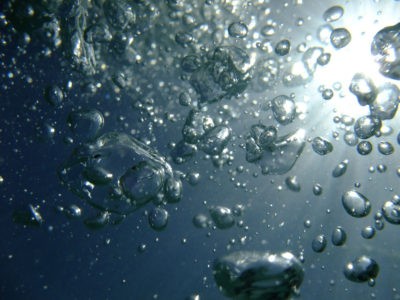
However, Hydro reservoir temperatures that are too cold will either kill the roots or at least cause the plant to slow down. Too warm temperatures will promote the growth of aerobic pathogens which are detrimental for plants. Hence it is so important to keep temperatures within the range of 63 to 72 degrees F. This range will ensure high dissolved oxygen content and a warm enough temperature to allow for nutrient uptake.
So how can you cool the reservoir?
Water Chillers:
The most reliable and professional way to keep your reservoir water cool is by using a water chiller. These are electric A/C type units of different sizes that keep the water very cool.
Standard Chiller:
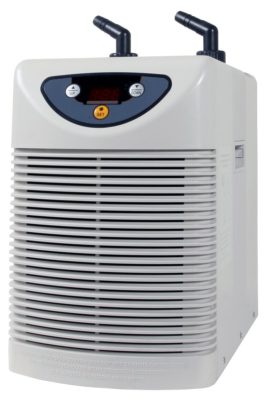
This is the best solution when you need a dependable, hands-free approach, particularly when you have numerous reservoirs to manage. This convenience however comes at a very tangible price which can vary upwards from $130 depending on the size. Increased electric usage is a concern with these too, but they do work very well. If you don’t want to mess around and you’re tired of overheated reservoirs stunting plant growth, then this will consistently fix that problem. The one pictured above will cool up to around a 100 gallons depending on environmental conditions.
Lower Cost Options
Not as good as a reservoir chiller but will help.
Of course, if you are on a budget..there are other low cost methods to help push water temperatures down.
Probe Chiller:
The Ice Probe style water chillers work well enough in a pinch but will struggle to keep the water in a Hydro reservoir much cooler than the ambient air temperature during very hot times.
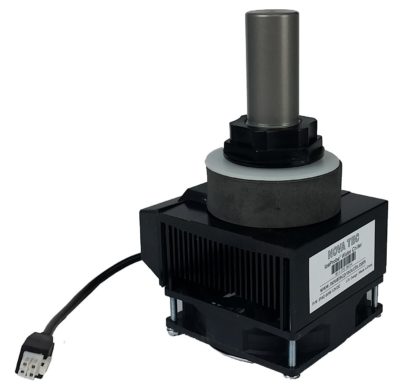
The probe helps to keep the water cooler by removing heat and dispersing it into the atmosphere. Works better for systems with smaller reservoirs.
Keeping the reservoir cool, especially in warmer temperature requires aggressive cooling measures. Always keep a high-quality thermometer with your plant system.
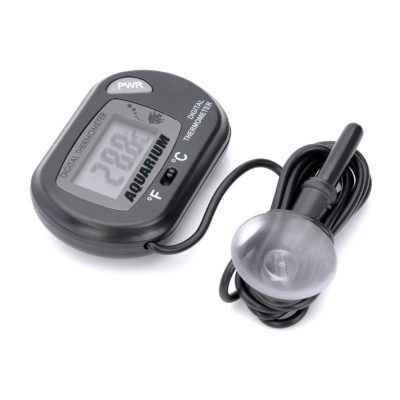
One simple way to keep your reservoir cool, is by adding cool water when topping up. Keep in mind that abrupt temperature changes can shock the roots. You can also increase the size of the reservoir as larger volumes tend to warm up slower. Larger volumes also keep the pH more stable.
Paint The Reservoir:
Another method to keep our reservoir cool, is by painting the exposed surfaces white or add a reflective material.
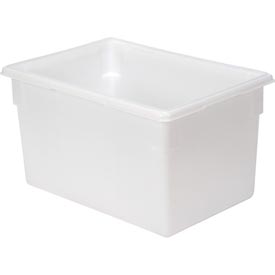
When sunlight or any external artificial light source strikes the plant surface, it causes the reservoir to heat up very quickly and to reduce this you can reflect the light away and also help to insulate it.
Insulate:
You can also just wrap actual insulation around the water tank to maintain the cooler temperatures inside.
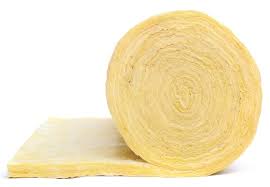
Insulation jackets are also available which can be custom tailored to the hydroponic systems.
Fans:
You can also make use of a fan to direct across the reservoir and cool the heat. Although this is a good method to cool the system, it will increase humidity significantly.
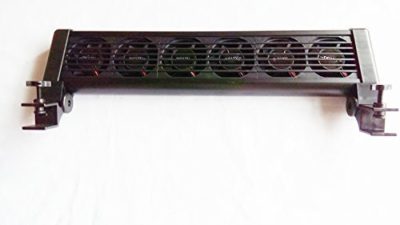
You can also put the reservoir outside the grow room too as in-room reservoirs can heat up very quickly.
Cooling Coil:
You can also use a cooling coil which is a stainless steel coil through which cold water is trickled. This method requires no power, and allows for unlimited cooling.
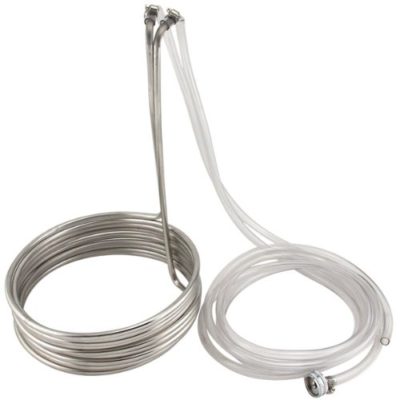
You can also make your cooling coil at home, you can purchase an A/C or fridge coil and coil it into 4-20 loops. Then connect a hose to it that allows water to trickle through the loops which then drains taking the heat from the reservoir with it.
The Old Frozen Bottle Trick:
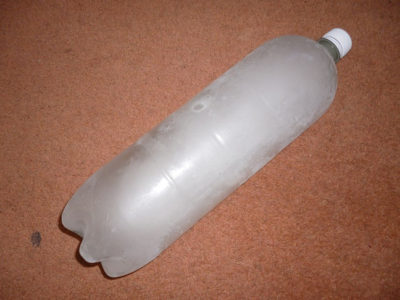
Frozen bottle pops/milk jugs are also an effective method to cool your reservoir. Just keep extras in a freezer to change them out with the ones that have melted in the reservoir and replace them frequently during hot days.
Root Rot
Another issue that often arises when reservoir temperatures get too high, is dealing with root diseases that thrive in warmer water. You can minimize this from happening by always making sure that your hydroponic system is sanitized between uses. Always make sure that dead leaves and visibly dead roots are removed immediately from your Hydro system.
A couple other things that help the root zone during warmer weather
Mineral Based Nutrients:
An important tip to keep in mind is that by keeping the hydro system sanitary in the root zone, you can get away with slightly higher temperatures in the reservoir. How can you do that? Basically by using mineral based nutrients that have less organically derived ingredients.
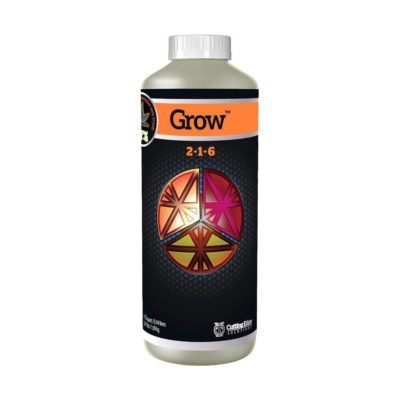
this can help to reduce root zone infections resulting from the rise in temperature.
Enzyme Root Zone Cleaner:
You can also add supplements which lower the organic sludge from nutrients and dead roots that can initiate root diseases such as pythium which are more likely to occur during periods of hot temperatures.
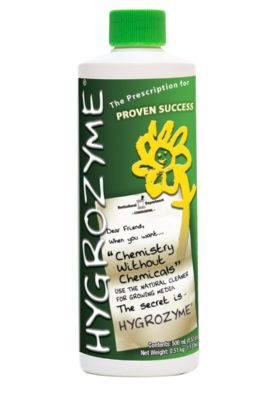
Mastering these tips to establish the ideal temperature of your reservoir will ensure optimal and successful plant growth. Big and healthy roots make for big and healthy plants!
